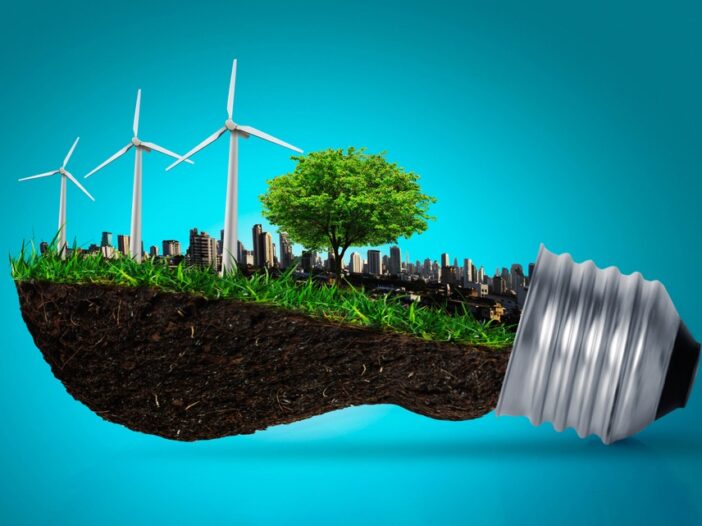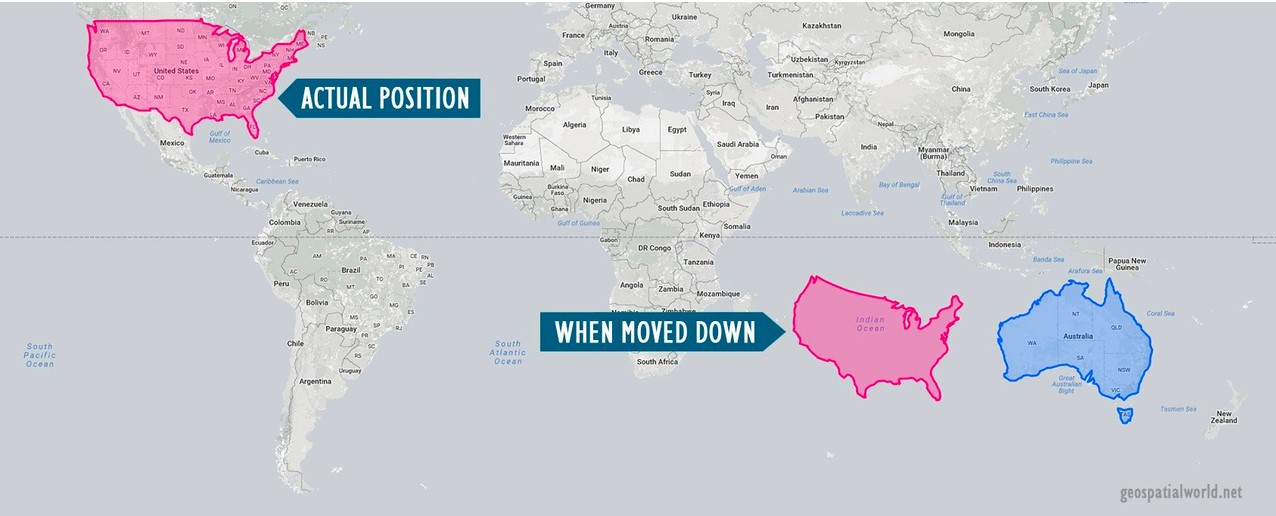‘Not long to go now.’ That was my first thought when I looked up from my seat and saw our plane on the screen hovering over Broome in Western Australia.
It was 2015, and my first time travelling to Australia.
I remember putting my book away and stretching. It wouldn’t be too long until landing at my destination, Melbourne…or so I thought.
Then the screen flickered and changed, showing the estimated time to destination: a whopping five and a half hours.
I grabbed back my book and relaxed back onto my seat.
Truth is, Australia is a huge country.
And, I’m not alone here to be surprised at the sheer size of it. I’ve heard plenty of visitors say the same thing. Even well-travelled family and friends back home don’t realise how large the country is.
You could drive across Spain, from north to south, in about 10 hours. Travel the same time frame from Melbourne and it will barely get you past Sydney.
You can blame it on the Mercator projection. It’s the most common map in the world, one that’s been around since 1569, when cartographer Gerardus Mercator presented it for navigation purposes.
It’s a great navigation map, but you’re basically trying to draw the Earth, that’s round, onto a flat surface. It gives a distorted view of countries deceiving you into thinking that some countries are larger than what they really are.
You only need to look at this projection to see what I mean:
|
|
| Source: Geospatialworld.net |
Anyway, my point here is that it may be easy to overlook some countries — and their true size — when you look at the Mercator map…and that Australia is a really huge country with lots of space.
It’s also a country with plenty of resources, and a large exporter of energy. Over three quarters of the energy we produce we send abroad for an $80 billion value.
In fact, 2019 Australia became the largest exporter of LNG and metallurgical coal, it’s also the second largest in thermal coal.
|
|
| Source: Energy.gov.au |
To power our homes, vehicles, and industries we rely mostly on fossil fuels, with most of it coming from coal, oil, and gas.
But things are starting to shift.
Australia’s electricity generation from renewables reached 21% in 2019, a record since the 1970s. Energy adviser Schneider Electric, expects that wind, solar, and hydro power’s share of the main grid will increase by 6% this year to 27%, and could make up more than 30% by the end of 2021.
It’s an economics story.
Renewables are getting cheaper, and the cheaper they get the more money will flow in to finance them…and the more money that will flow out of fossil fuels.
In fact, ANZ announced this week they won’t be taking on any new business clients with over 10% revenue in thermal coal. They’ll also stop investing in almost all thermal mines and power stations by the year 2030. This follows on the steps of the rest of the Big Four who have also set either 2030 or 2035 as the date where they will withdraw from thermal coal investments.
But as I said, Australia is a huge country with plenty of land, wind, and sun.
It has plenty of resources to become a large exporter of renewable energy. And things are starting to move.
What’s green hydrogen?
This week the federal government gave the Asian Renewable Energy Hub (AREH) Major Project Status.
The proposed $36 billion energy project is looking to house 26,000MW of wind and solar photovoltaic panels with 3,000MW capacity. The site is located in the Pilbara region, in an area extending 6,500 square kilometers.
In the words of Brendan Hammond, AREH’s project director, the significance of the new status is that:
‘It sends a strong signal to everyone involved, including potential customers and investors, that our project is at the forefront of an emerging green hydrogen industry for Australia, and the opening of a massive new export market to the fast-growing Asian economies to our north.’
The plant will be the world’s largest wind and solar farm, but also the largest green hydrogen and ammonia facility.
The project, which is backed by Vestas, Intercontinental Energy, Macquarie Group, and CWP Renewables would export green hydrogen from the Pilbara region to Asia.
What’s green hydrogen?
It’s hydrogen produced by using electricity from renewable energy like wind and solar. Much of the hydrogen generated now is through fossil fuels but falling prices in renewable energy is making it more competitive. The hydrogen can then be transformed into ammonia to store or ship.
Angus Taylor, Minister for Energy and Emissions Reduction, said:
‘Projects like the Asian Renewable Energy Hub will help us achieve our ‘H2 under $2’ goal and position Australia as a world leader in clean hydrogen.’
The government expects the project to create 20,000 direct and indirect jobs during the next 10 years of construction and 3,000 when it’s operating fully.
It’s a huge step for Australia in diversifying from fossil fuels.
As I said, things are starting to shift.
Best,
Selva Freigedo,
For Money Morning



